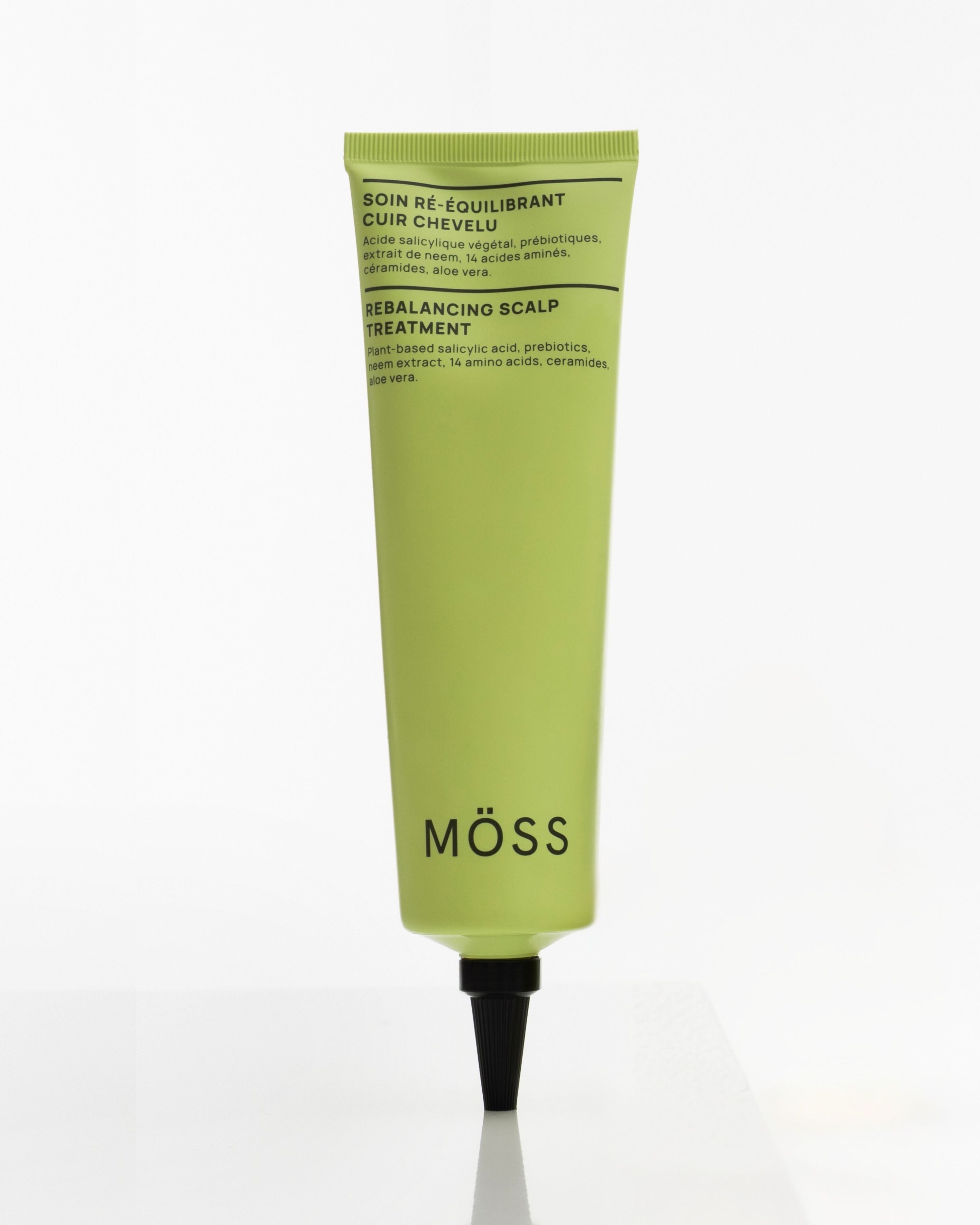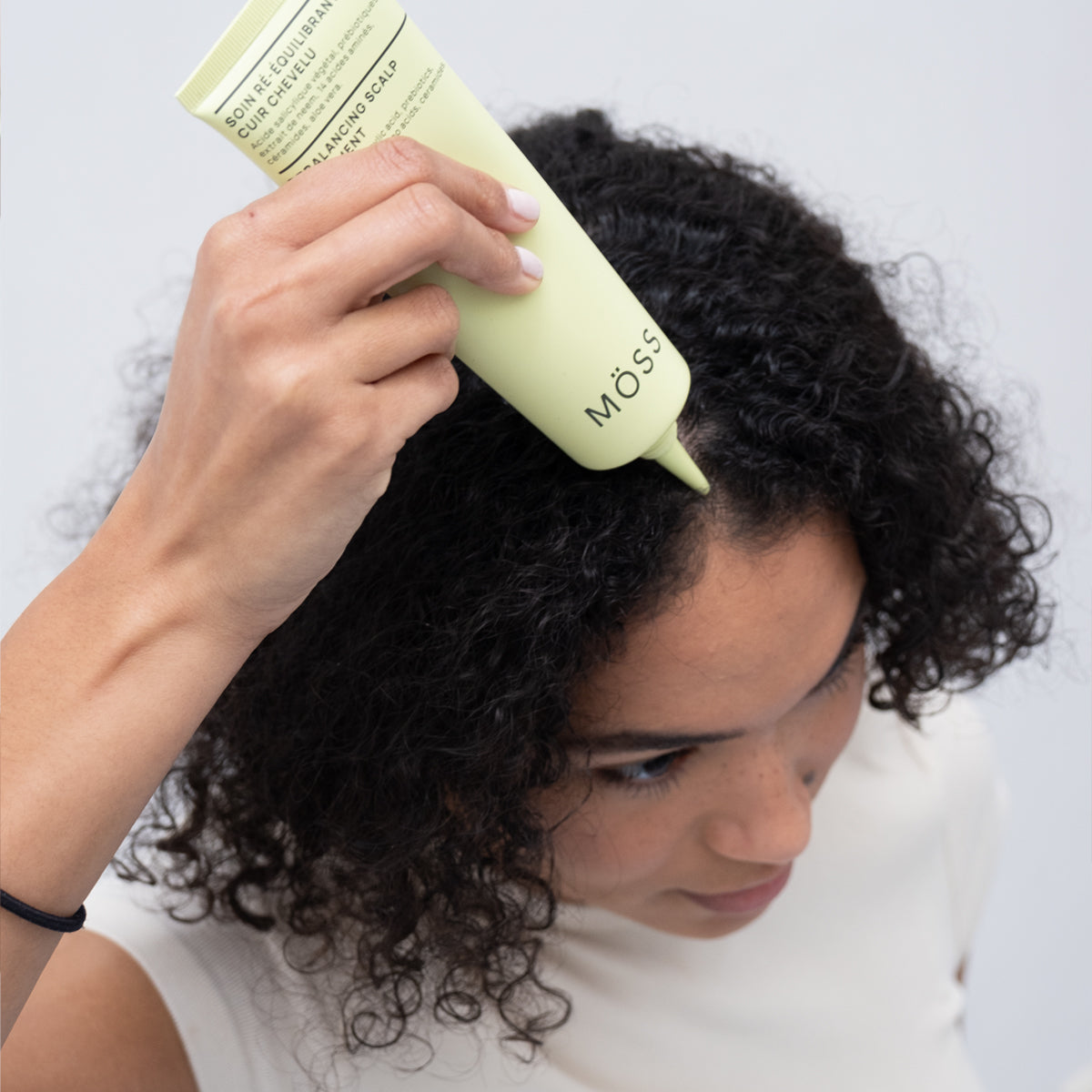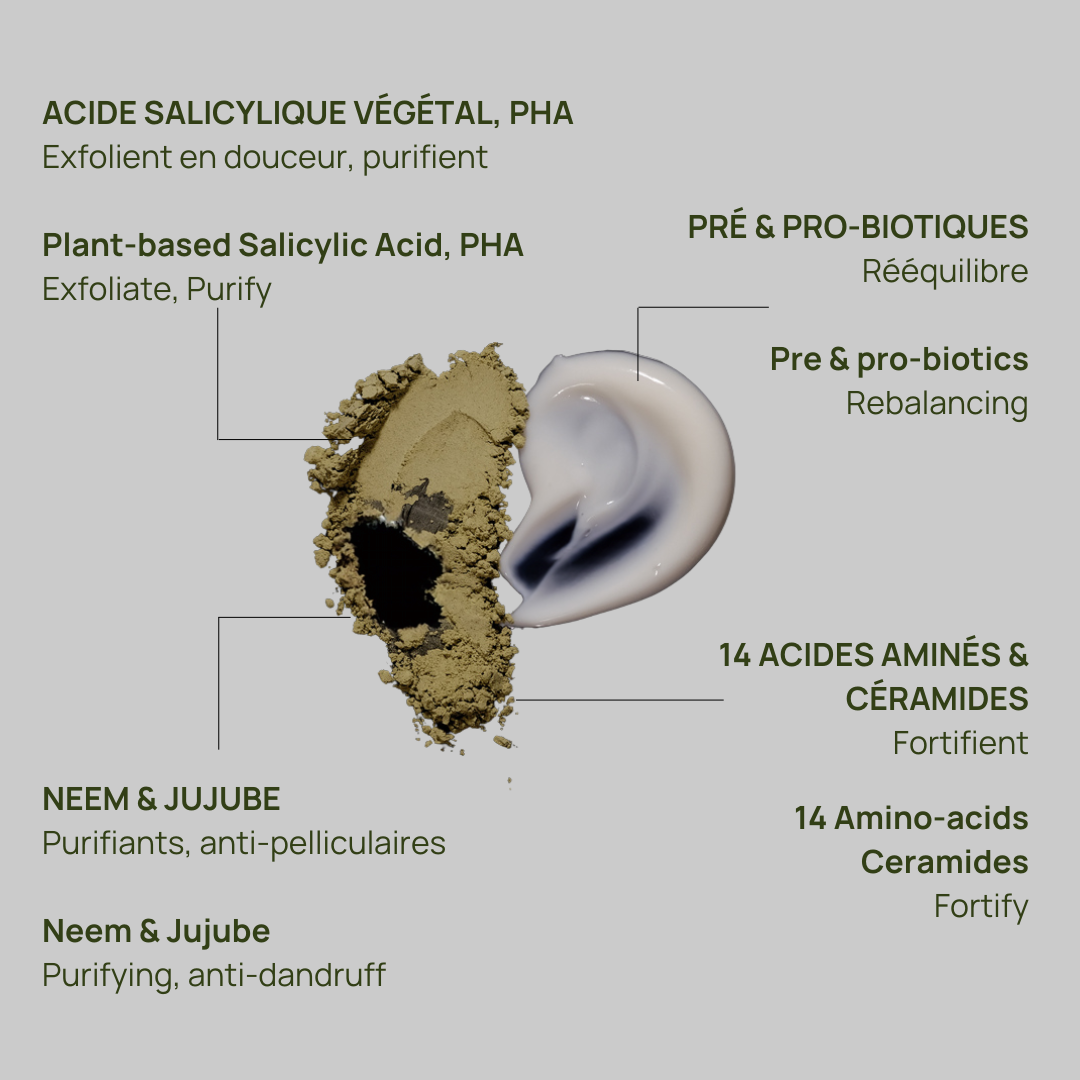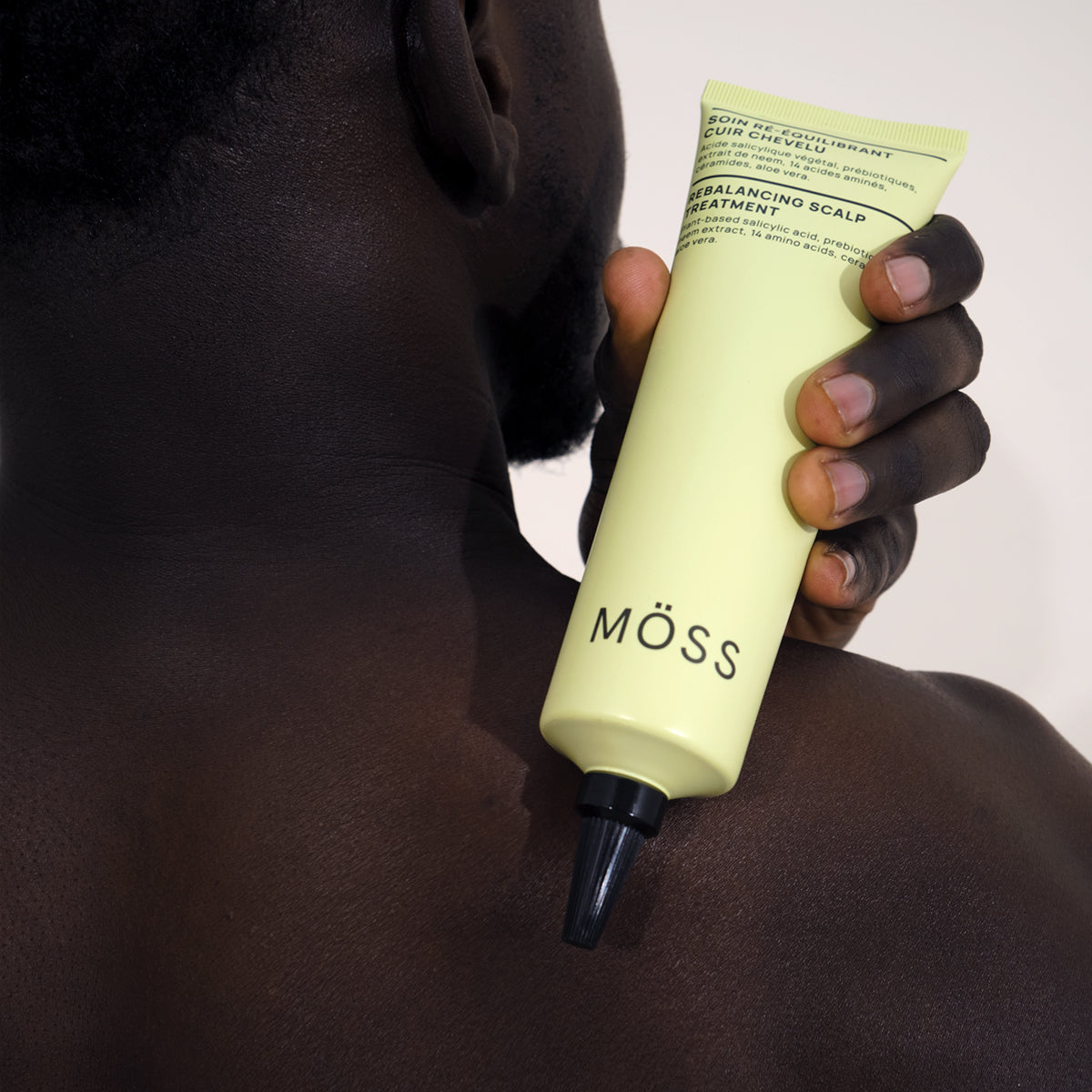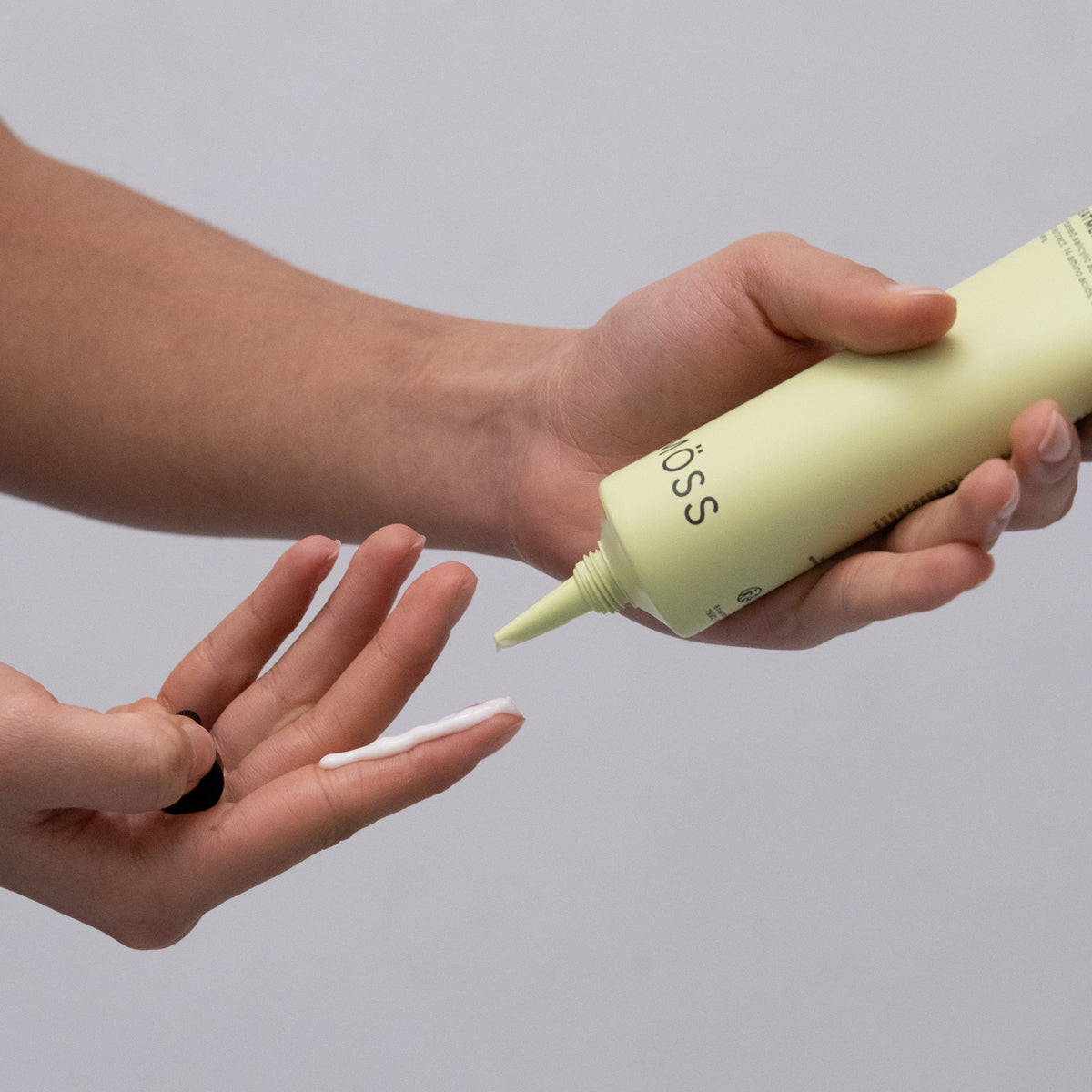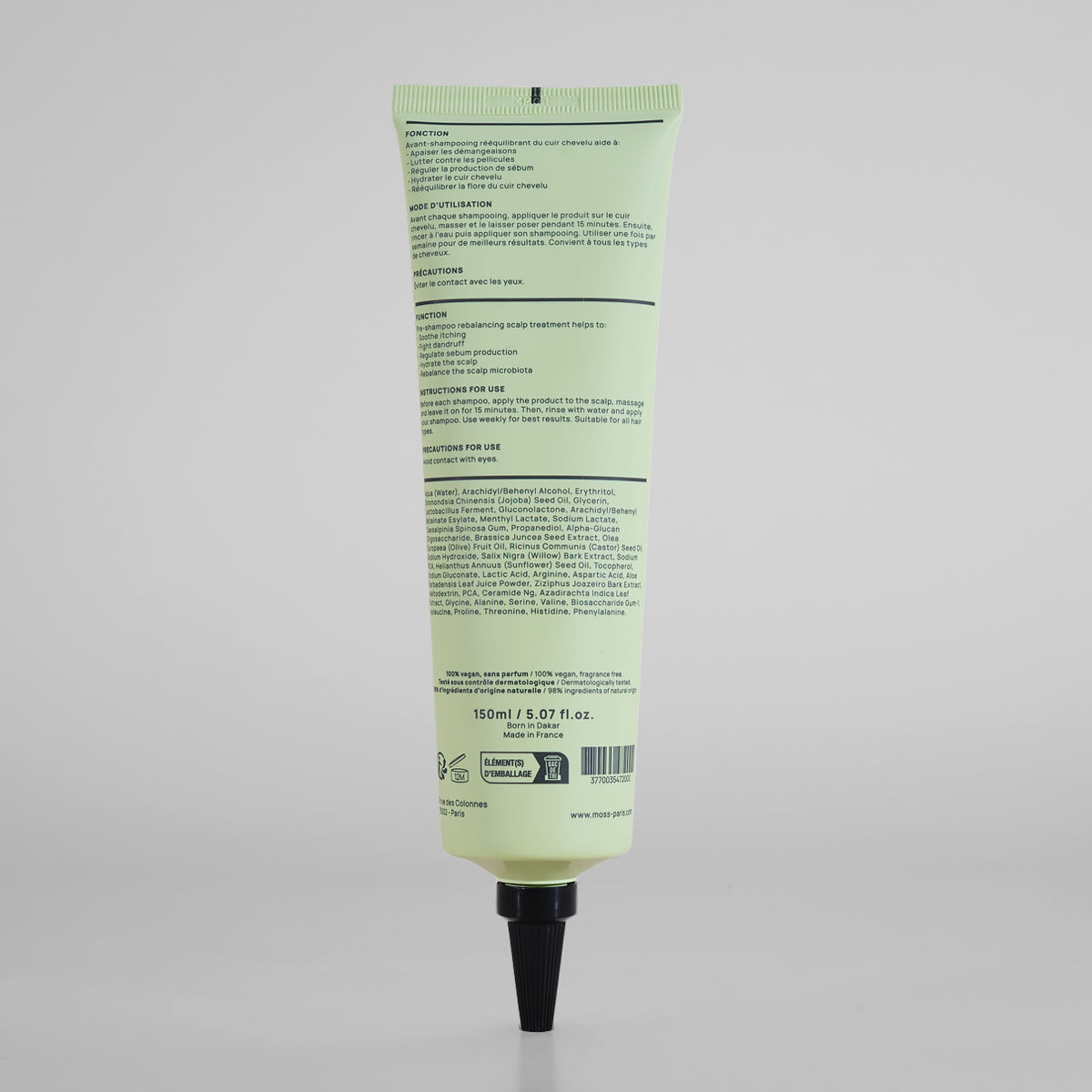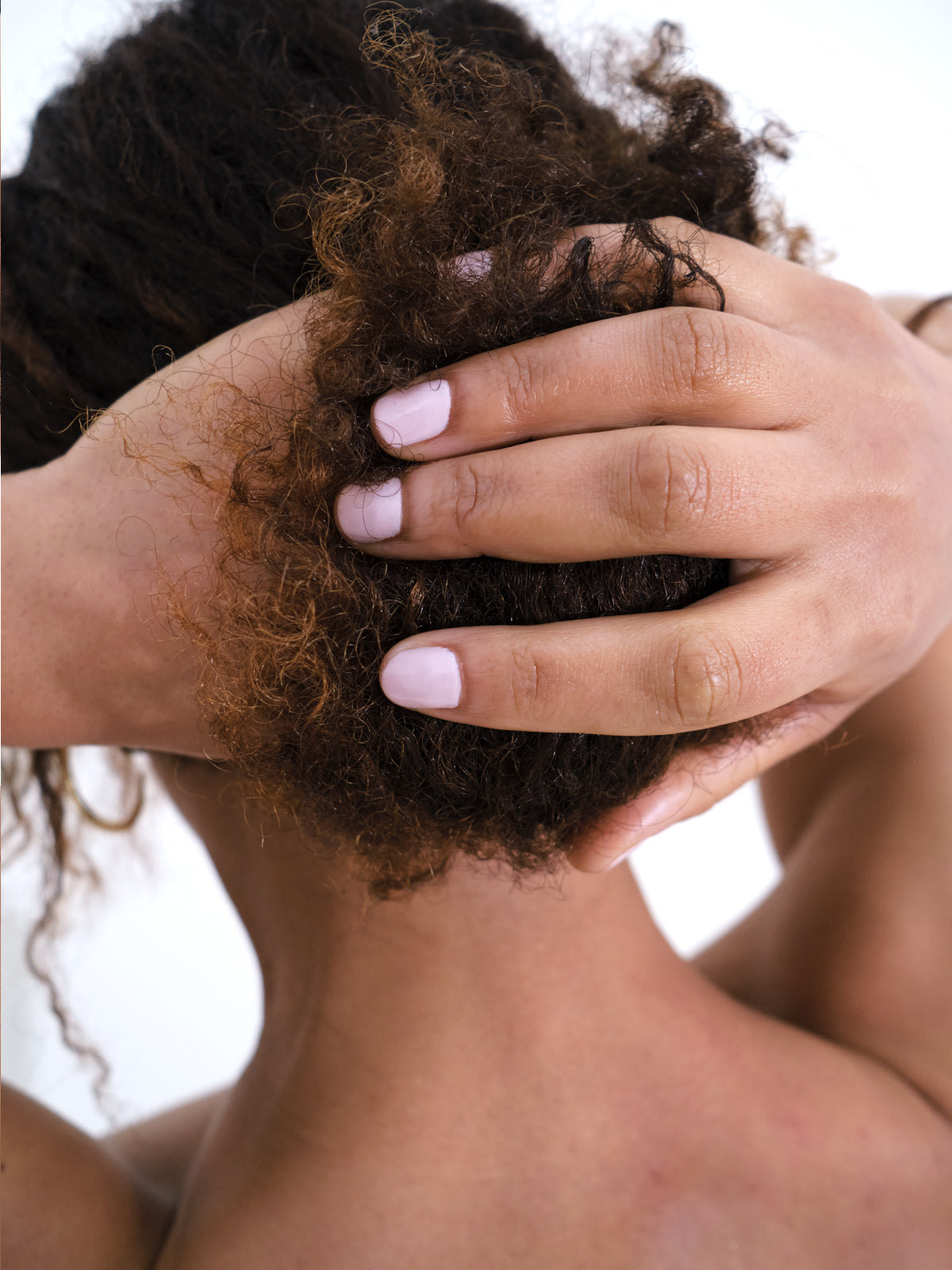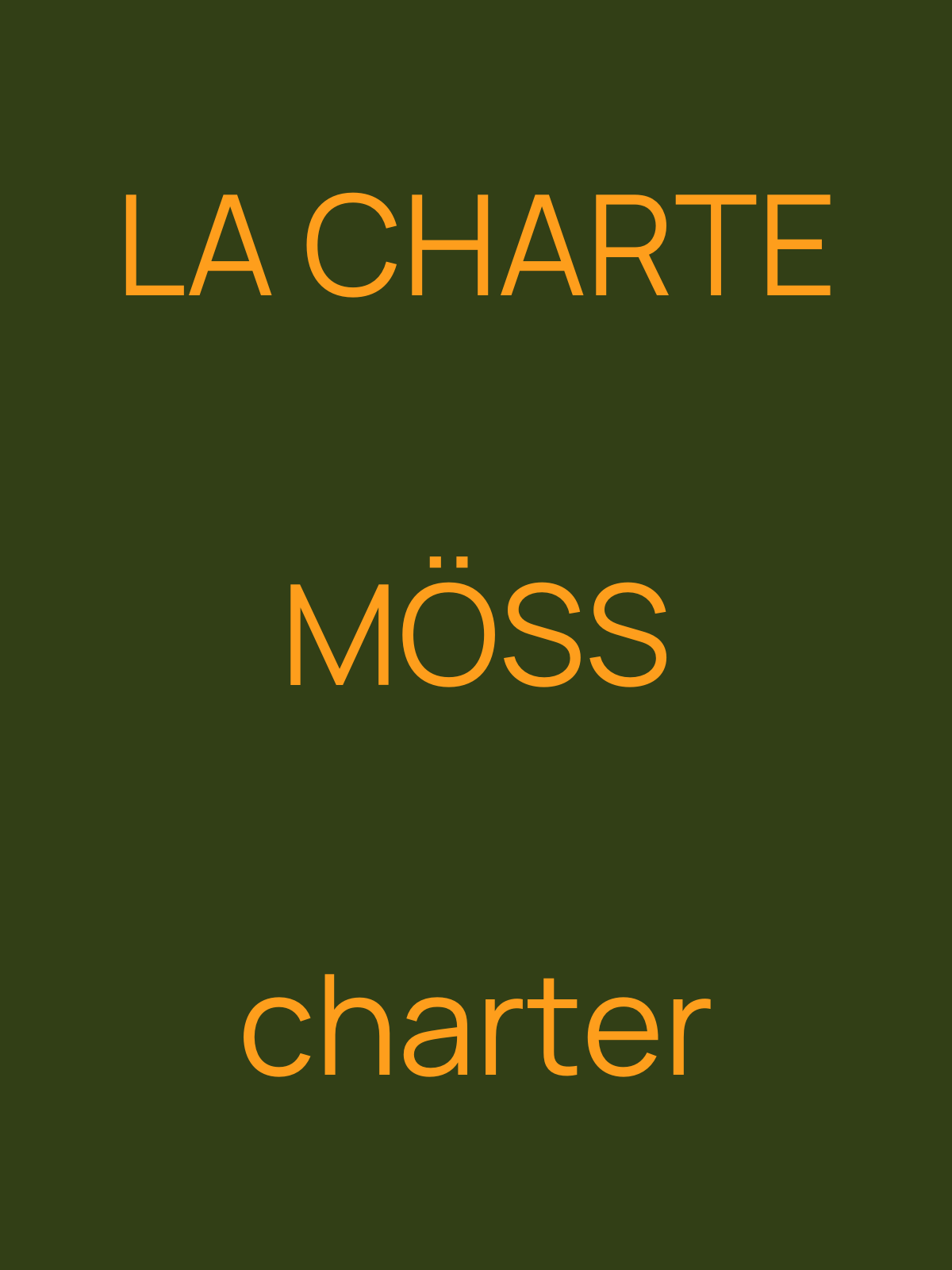How to treat pimples on the scalp?
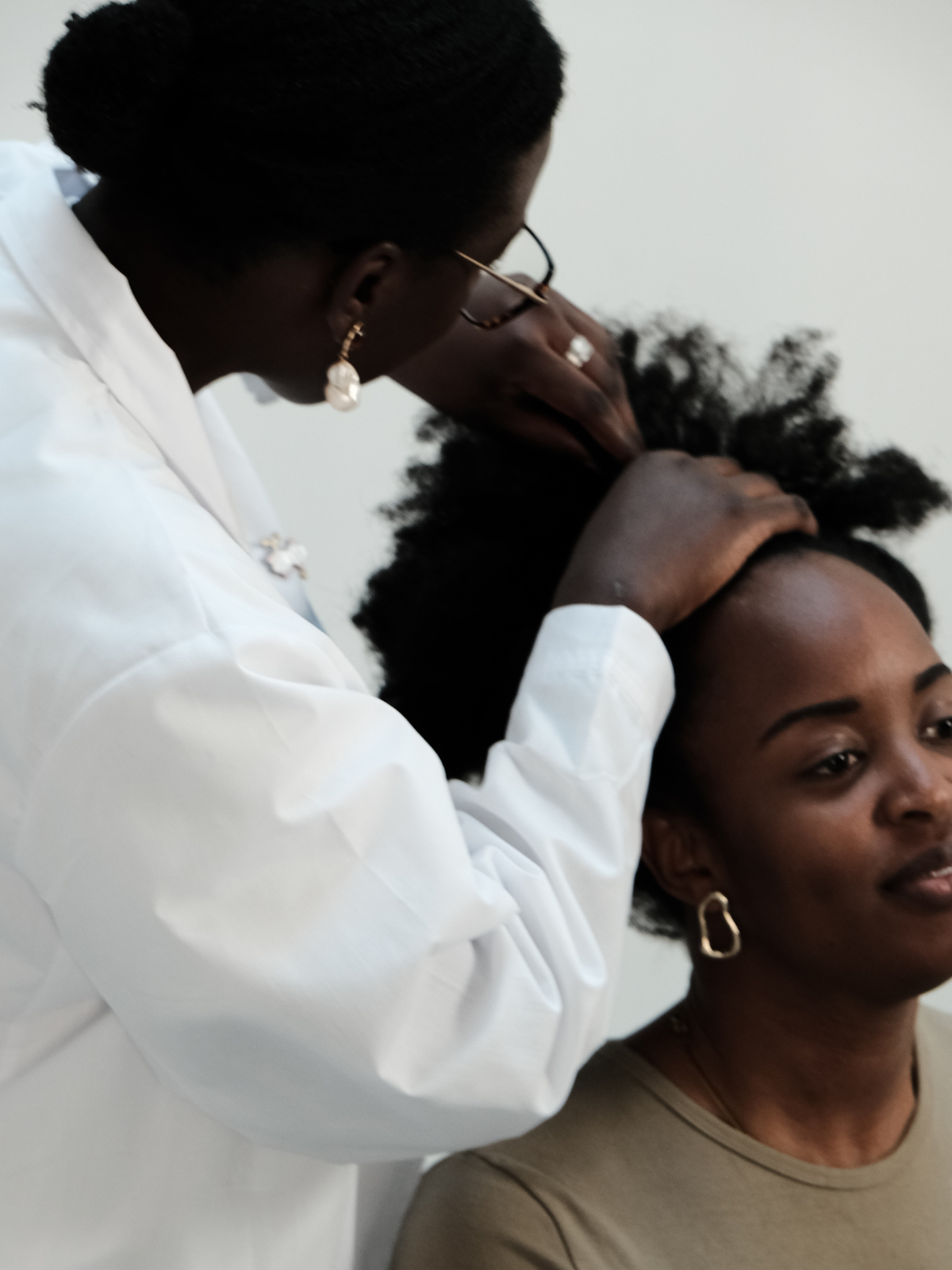
Scalp pimples are a more common concern than you might think, and can affect all hair textures. If you're wondering why they appear and, more importantly, how to treat them effectively, here we explain the factors that cause them and the steps you can take to regain a healthy scalp.
What are the causes?
Scalp breakouts can be caused by a combination of internal (hormonal, inflammatory) and external (hair styling products, hygiene) factors. Understanding them better means starting to treat them.
Pimples can be related to several reasons:
- Buildup of cosmetic residue or residue on the scalp : This can clog the pores of the scalp and promote breakouts.
- Tight hairstyles or aggressive handling: Tight hairstyles (such as tight braids, buns, or ponytails) and aggressive handling (such as excessive brushing or using irritating products) can cause breakouts on the scalp; particularly on the temples or back of the head where hair is most fragile and is most often pulled.
- Stress and pollution : These environmental factors disrupt the balance of the scalp, increasing sensitivity and the risk of pimples.
- Folliculitis : This inflammation of the hair follicles occurs when a bacterial infection affects the scalp. It causes painful pimples, sometimes responsible for localized hair loss. The balance of the microbiota, that is to say having a good balance of good bacteria, thus plays an important role.
- Seborrheic dermatitis : Seborrheic dermatitis is a chronic inflammation, often triggered by the proliferation of a yeast naturally present on the skin, Malassezia . It manifests itself by red patches covered with oily dandruff, particularly on the scalp, eyebrows and around the nose. Stress, fatigue and humidity often aggravate the condition.
- Hormonal fluctuations : Pregnancy, puberty, contraception or menstrual cycles can cause excess sebum, which can lead to breakouts.
- Acne : Acne is not just facial and can affect the scalp, usually in the form of small white or reddish pimples.
- Allergic eczema : Hair products containing allergenic substances can cause allergic reactions, with pimples and itching.
How to treat and prevent pimples on the scalp?
The right actions: adopting a targeted care approach
To obtain lasting results, a consultation with a dermatologist can guide you towards suitable solutions. However, certain practices can be applied regularly:
- Detoxify the scalp and hair every week: A scalp detox helps eliminate accumulated residues (pollution, hair products), rebalance the microbiota and strengthen the hair at the roots. Our rebalancing treatment is here to help you.
- Adapted care and washing routine : A gentle, balancing shampoo once or twice a week, adjusted to your hair type, helps reduce excess sebum. Formulas without aggressive ingredients help protect the scalp's natural microbiota.
- Do not manipulate or pop the pimples : This could cause further inflammation and make the condition worse.
- Limit comedogenic products : Some products can clog pores; it is better to favor non-comedogenic products when they are in contact with the scalp - such as serums, leave-ins, hair masks, etc.
- Avoid drying products : These can dry out or irritate the scalp, creating ideal conditions for breakouts. Conversely, humidity can also create a breeding ground for pimples.
Taking care of your scalp is essential to maintain its natural balance and limit unpleasantness. A regular hair detox, combined with gentle gestures and adapted care, will contribute to the overall health of your scalp, for hair well-being that goes well beyond appearance.
